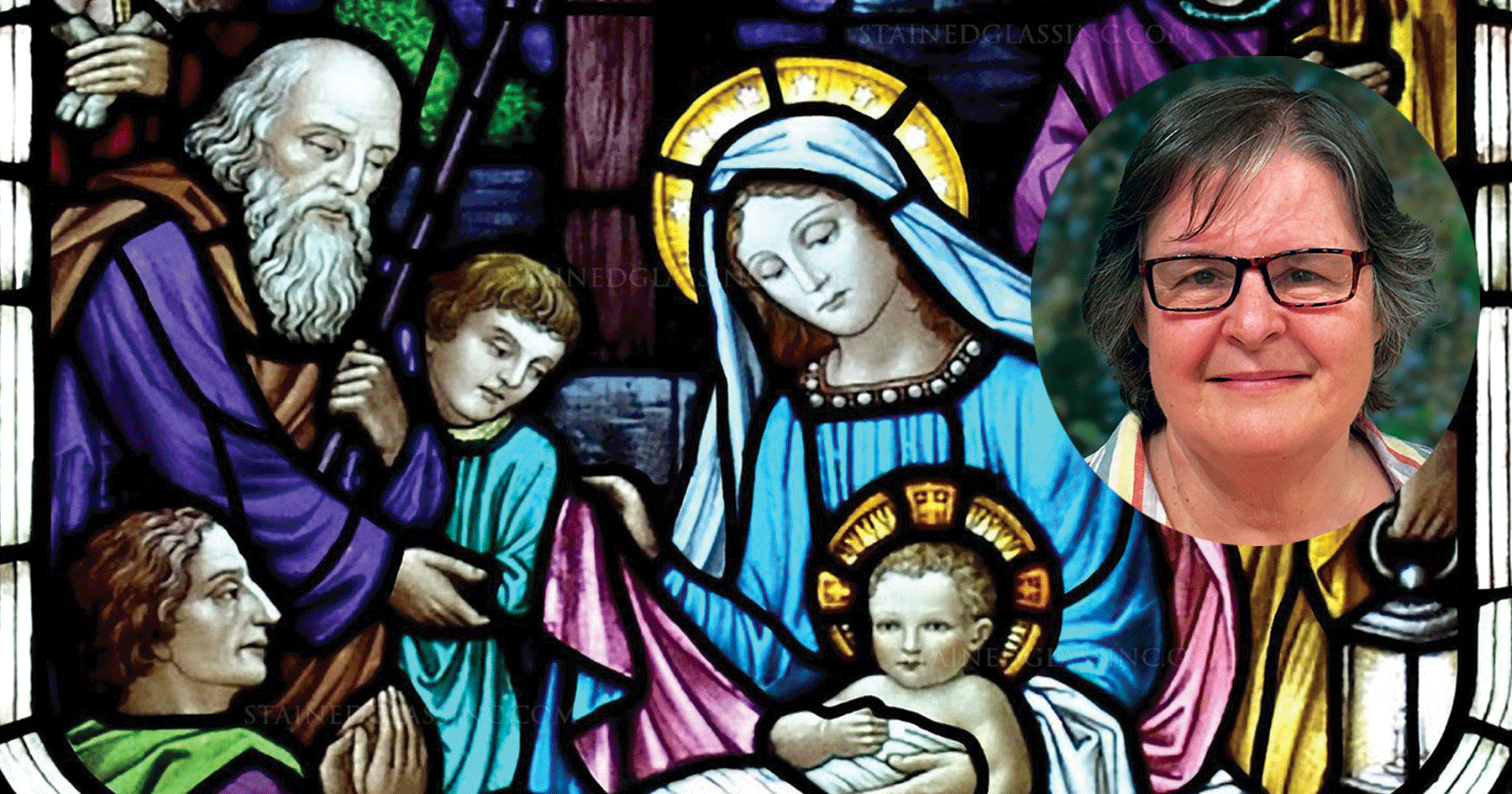Well, it’s January, and the Christmas season has been over for quite some time … according to the secular commercial world. Going by their calendar, the Christmas season started the day after Halloween and ended on December 25. Many people took their trees down on Boxing Day and rushed out to scoop up all the bargains before the Valentine merchandise hit the shelves.
In the Anglican Church, Christmas just gets going on December 25 and continues for twelve whole days. I always enjoy this time because we get to sing carols that are often overlooked during the “high season.” Unfortunately, many in the secular world are completely unaware of this fact and much less, Epiphany
As you read this column, the season of Epiphany is just getting started. For that reason, I feel that I can legitimately indulge myself by telling you about two carols that relate to this “post” Christmas season.
The Twelve Days of Christmas is not a carol that one sings in church; however, it has quite an interesting connection to the Roman Catholic Church. Some believe its origin to be true, while others say it is an urban legend.
It began in 16th century England, and lasted from 1558 to 1829, when Catholics were not allowed to practice their faith openly. The only legal church was the state church – Anglican. In order to teach Catholic children basic doctrine, parents taught them songs with lyrics that would not raise suspicion. The strange gifts listed in The Twelve Days of Christmas are a perfect example. The partridge represents Jesus Christ and the pear tree is a reminder of the cross. (A mother partridge will give her life for her children by feigning injury in order to lead predators away.) Two turtledoves are the old and new testaments; three French hens are the three theological virtues of faith, hope, and love; four calling birds are the four Gospels and five gold rings represent the first five books of the Torah or Law, as recorded in the first five books of the Old Testament, considered to be worth more than gold by Jews. Six geese a-laying stand for the six days of creation; seven swans a-swimming are the seven gifts of the Holy Spirit; eight maids a-milking are the eight beatitudes; nine ladies dancing are the nine fruits of the Holy Spirit; ten lords a-leaping are the ten commandments, eleven pipers piping are the eleven apostles that remained faithful to Jesus, and twelve drummers drumming represent the twelve points of doctrine in the Apostles Creed. All these gifts are given by “my true love” – God.
We Three Kings is probably the most well known Epiphany carol and the 1938 hymnbook gives names to each of the kings – Melchior, Gaspar, and Balthazar. In reality, Matthew is the only book that speaks of them, telling of wise men, three gifts, and a star in the east. No country of origin is mentioned. Yet, from this kernel of information, Christians have embroidered all kinds of circumstantial details over the centuries. We have assumed that there were three visitors because there were three gifts. They have been described as wise men, magi, astrologers, priests, and most popularly, kings; probably due to linkages with the Old Testament prophesies that have the Messiah being worshipped by kings in Isaiah 60, and Psalms 72 and 68. Then, because the kings’ visit is often included in Christmas pageants, we have come to believe that they arrived immediately after Christ’s birth. Biblical scholars say that this likely wouldn’t have occurred until up to two years later.
Regarding the gifts, it is believed that they are intended to be symbolic and prophetic. They represent gifts that one would give a king. Gold symbolizes kingship on earth, frankincense symbolizes divine authority, and myrrh (embalming oil) symbolizes death.
As we begin a New Year it is my hope that many of you are still savouring the miracle of Christ’s birth. If not, I encourage you to think ahead to next Christmas and perhaps leave that tree up a little longer and keep singing carols right into January.


